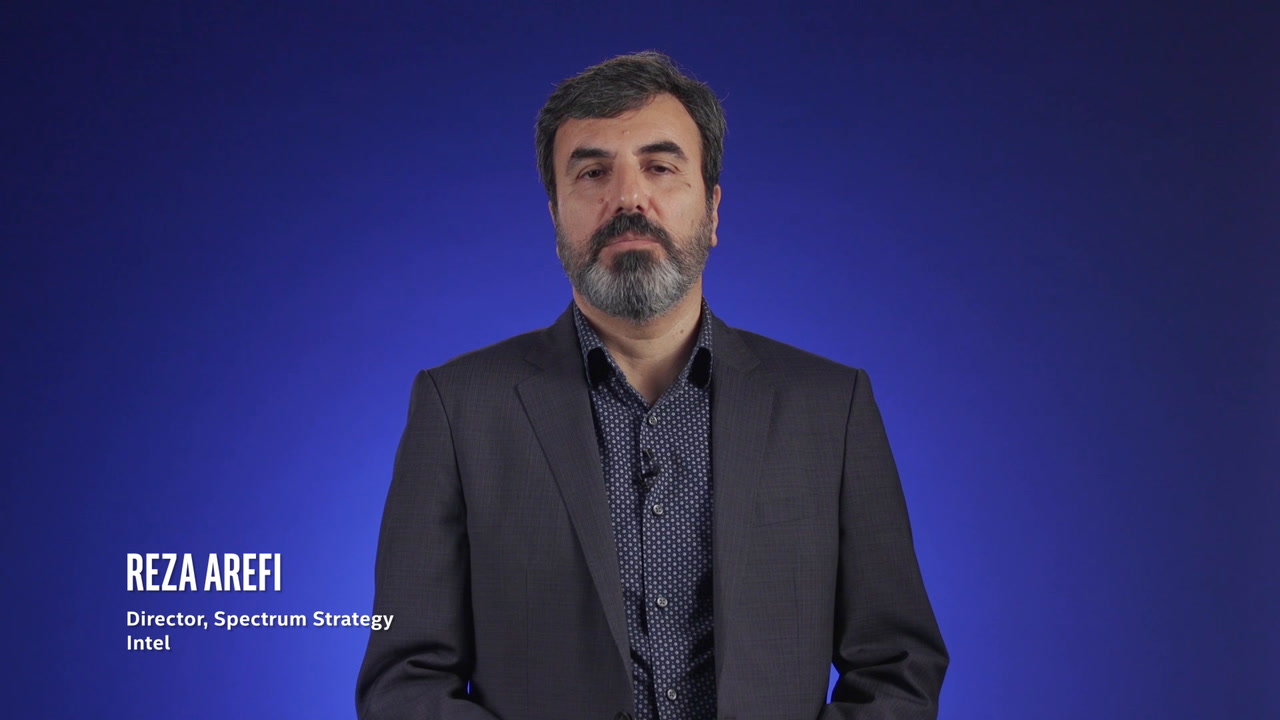Program Overview
The Communications Service Provider Program is designed to give members of the Communications Service Provider community (which includes employees as well as vendors) an overview of NFV and SDN as well as Intel’s role in the adoption and rollout of the technology. This program is intended to be taken in order, starting with an overview of ETSI*, an overview and deep dive into the concepts around virtualization, an overview of cloud technology, an overview of open source projects related to NFV, and wraps up with an understanding of Intel’s NFV hardware ingredients and Intel’s NFV programs and plans.
7 Courses
Share With
In this course, Petar Torre, Intel's Lead Architect, Service Provider Group, provides an introduction to virtualization and cloud principles, and key open source projects for building NFV platforms.
Intel's Lead Architect, Service Provider Group, Petar Torre, and Market Development Manager, Jordan Rodgers, discuss server-based virtualization technology, including Intel® Virtualization Technology (Intel® VT), virtual networking topologies and network virtualization overlays (NVO).
In this course, Intel Senior Platform Solutions Architect Jay Vincent will provide an introductory overview to assist in understanding data center design elements from architectural design, electrical and cooling considerations to compute platform selection. You will also learn the fundamental steps of building out a Cloud ready data center
In this course, Intel’s Lead Architect for Service Provider Group, Petar Torre, discusses the stages of VNF transformation, and the differences between the appliance model and cloud models. He will also explain what cloud native is and provide some examples.
In this course, Intel’s Lead Architect for Service Provider Group, Petar Torre, discusses what network transformation design principles look like, and how does it impact processes of organizations within communications service providers.
This course provides an introduction to spectrum standards and how the global community regulates and communicates with global harmonization of spectrum. Topics covered include wireless regulation fundamentals, the International Telecommunications Union* (ITU), mobile spectrum lifecycle and why industry-wide spectrum work is important.
This course explains basic technological requirements of future mobile broadband technologies and the focus areas for 5G. It then delves into the spectrum considerations and challenges as well as the approaches for identifying spectrum need for 5G. The Spectrum Primer is recommended as a prerequisite to this course.







